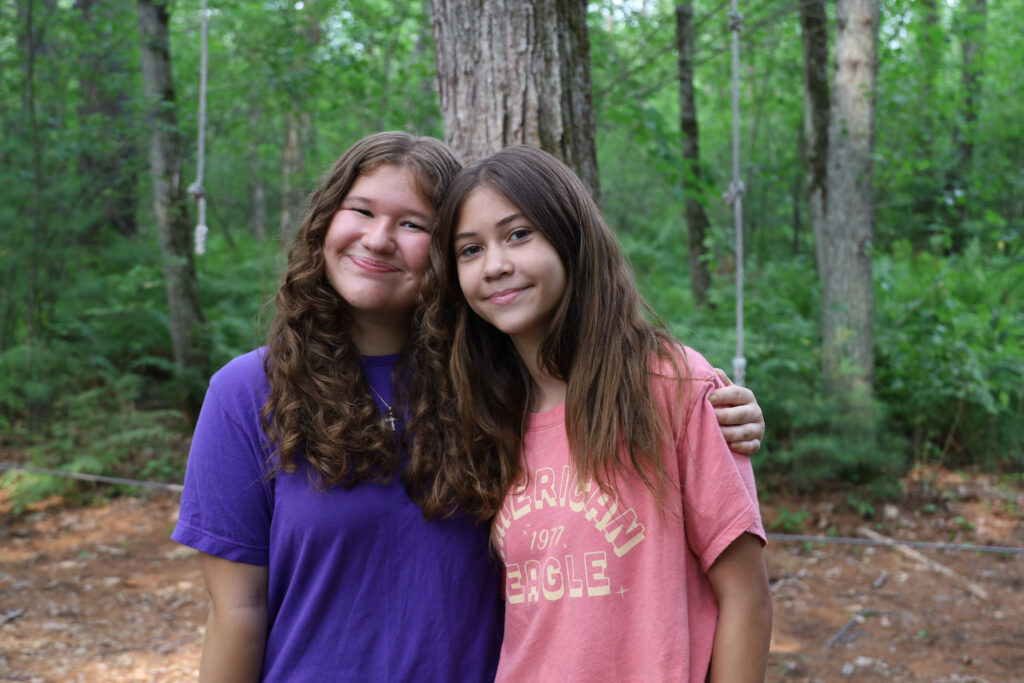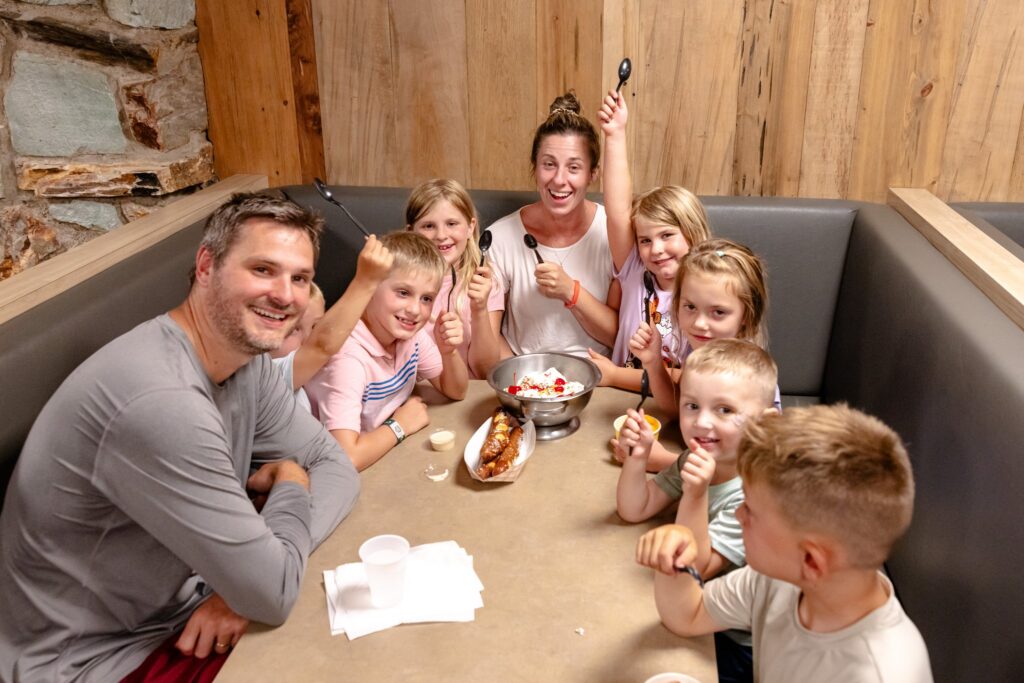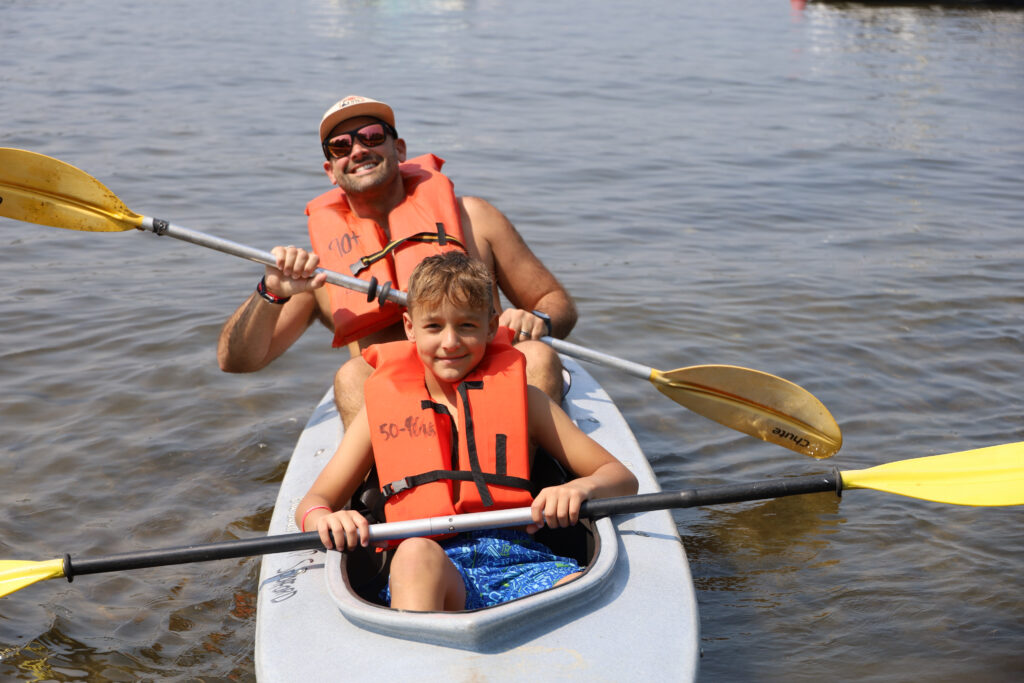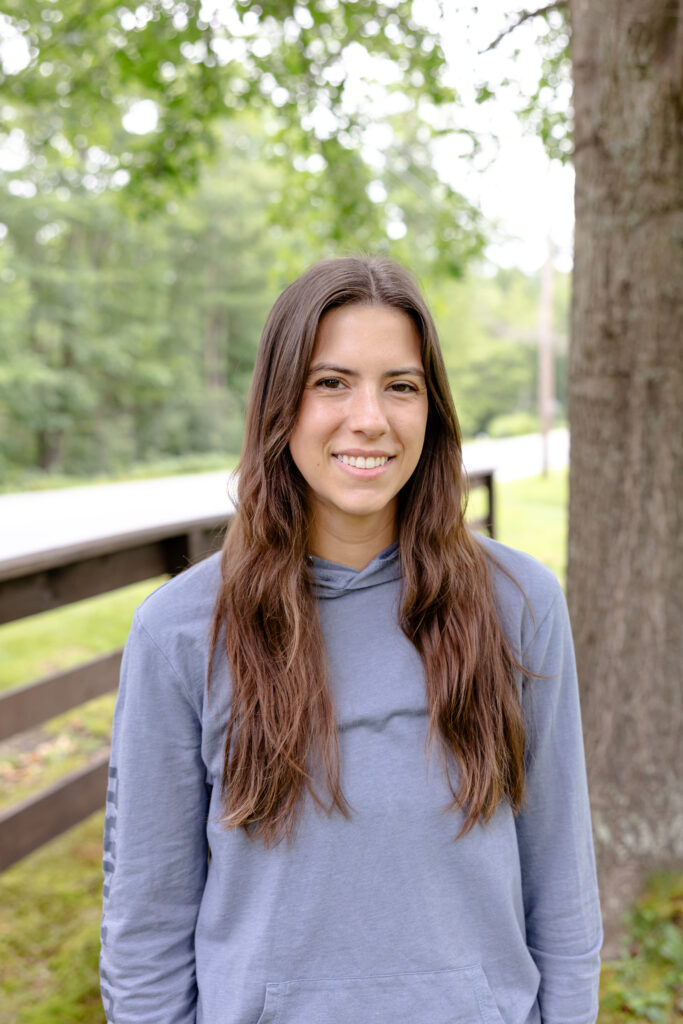TO BE A PLACE WHERE PEOPLE CAN KNOW JESUS, FOLLOW HIM TOGETHER AND REST IN THE BEAUTY OF GOD’S CREATION.
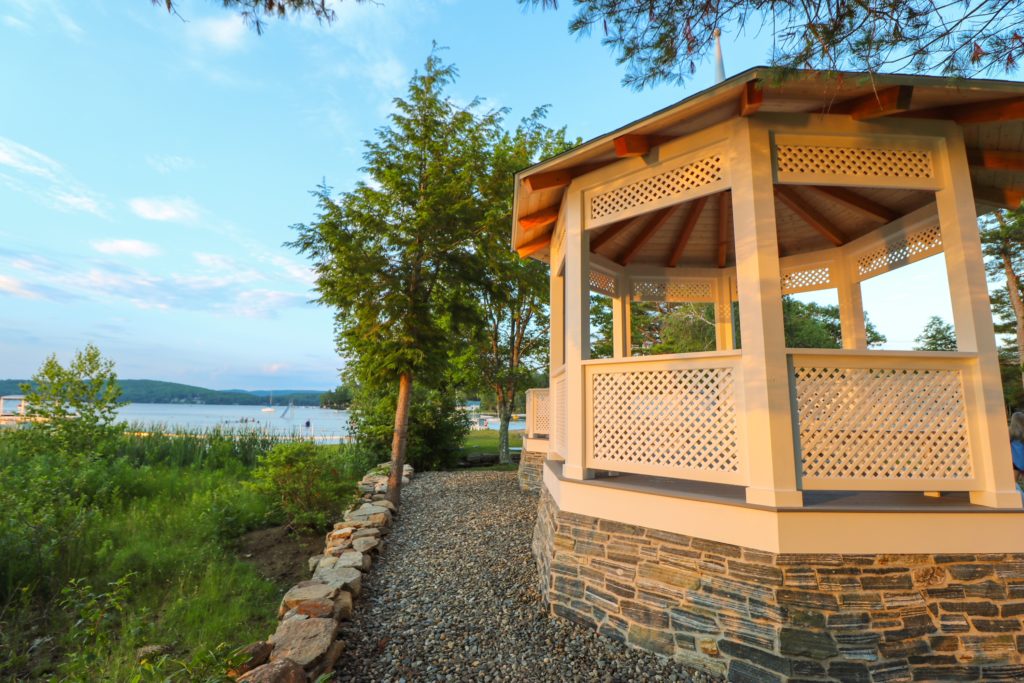

Our History
Camp Spofford started on June 5, 1962 when it purchased the property on Spofford Lake from Camp Marquette, a Catholic Camp for girls. The Eastern District of the Evangelical Free Church had sought a suitable place for affiliated churches to begin their own camping ministry to youth and families and, after looking at a few different possibilities, settled on what is now Camp Spofford. A gentleman by the name of Arthur Andersen purchased the land and sold it to the Evangelical Free Church’s Eastern District.
The Camp property has changed significantly over the past 50+ years. The original property did not include the land where the Lakeside House is found, nor the staff housing and garage behind the gymnasium. The state also altered Route 9A and took a significant portion of the office parking lot. Several buildings have changed their purpose, while others have been torn down and replaced. Original structures include the Hampshire House and some of the Youth Camp Cabins (which have been completely renovated). The Trailer Park was originally called “The Tenting Area” and had no bathroom.
Camp added the Gymnasium in 2002 which significantly expanded its year round function and reach to the local community. All guest accommodations built since the Gym (like Granite Lodge) are winterized and several existing buildings have been retrofitted (like Lakeside and the Nurse’s Quarters) to provide a year round retreat center. The chapel that now stands is Camp’s third. The original chapel’s roof collapsed due to an unusually heavy snow load in the late ‘60’s. Camp lost its second chapel to a suspicious fire in 2008. The new one was completed in 2010.
With 56 years of history, Camp Spofford continues to stay true to its original mission. In the last decade, many innovative things have happened at camp. A second floor was built onto the gym, which houses our office and registration area, a new dining hall was completed in spring of 2015, the gazebo and boy’s cabins have all been completely renovated, and our boys staff cabin was demolished and a new winterized facility with a meeting space and housing was built in its place.
Staff
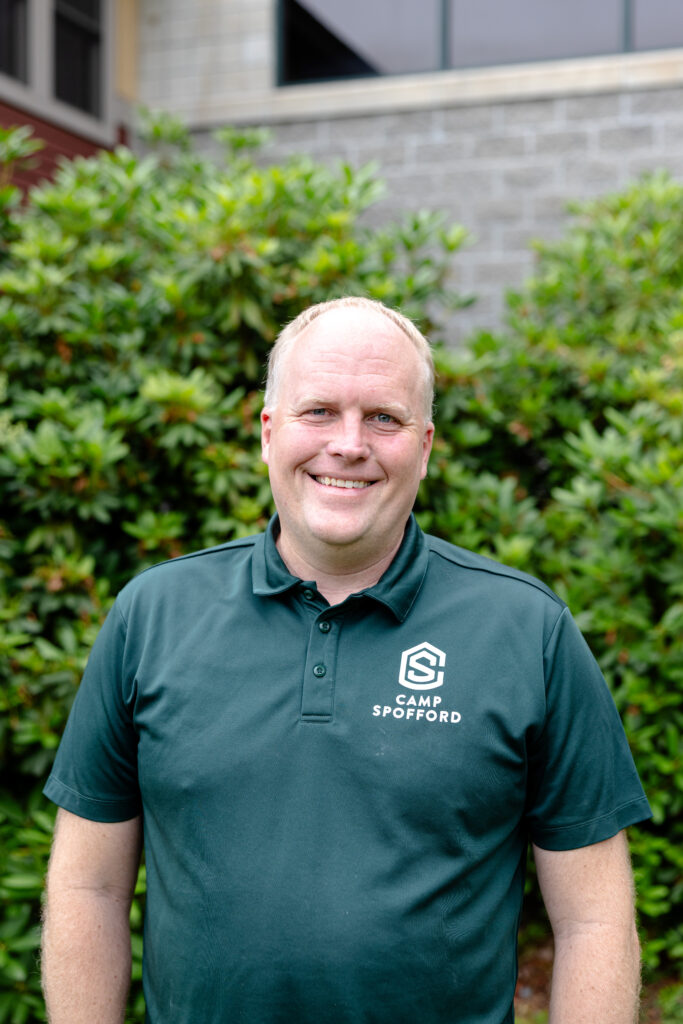

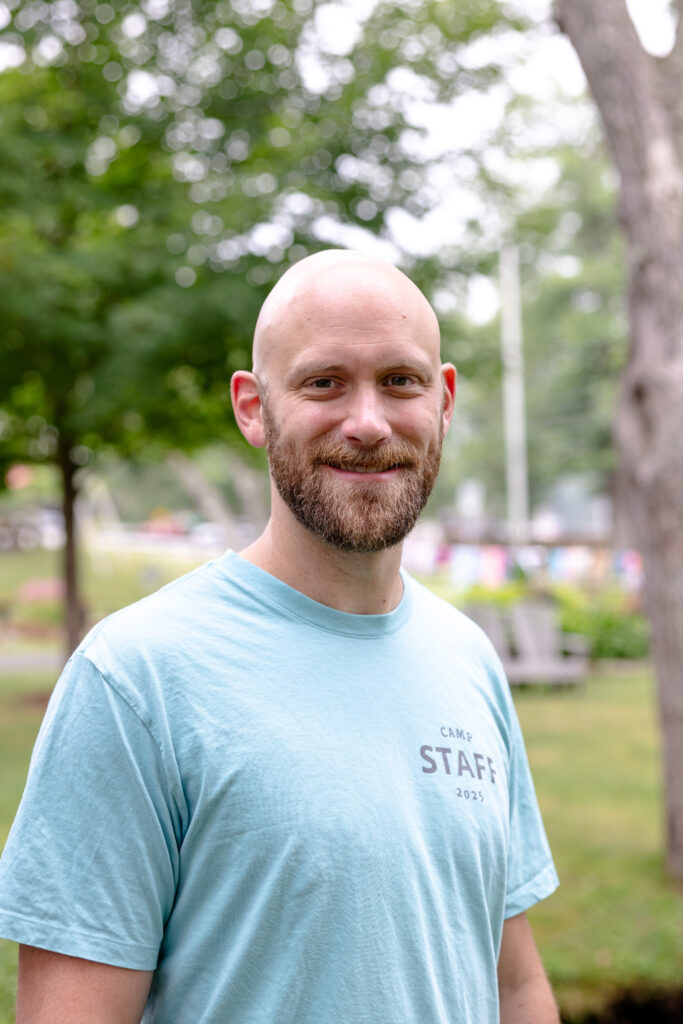

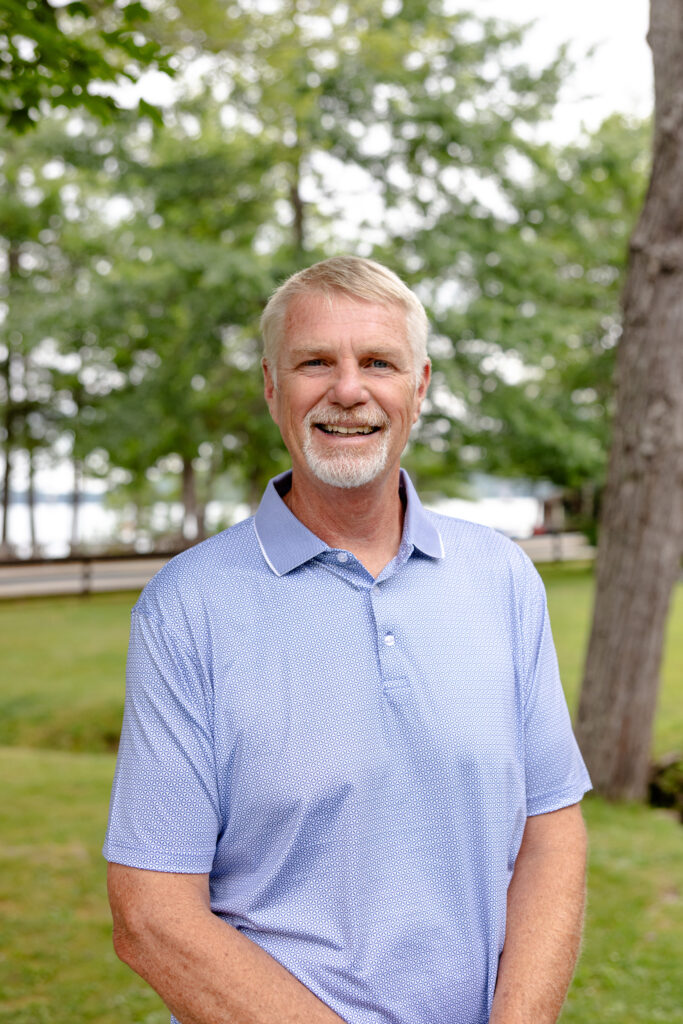



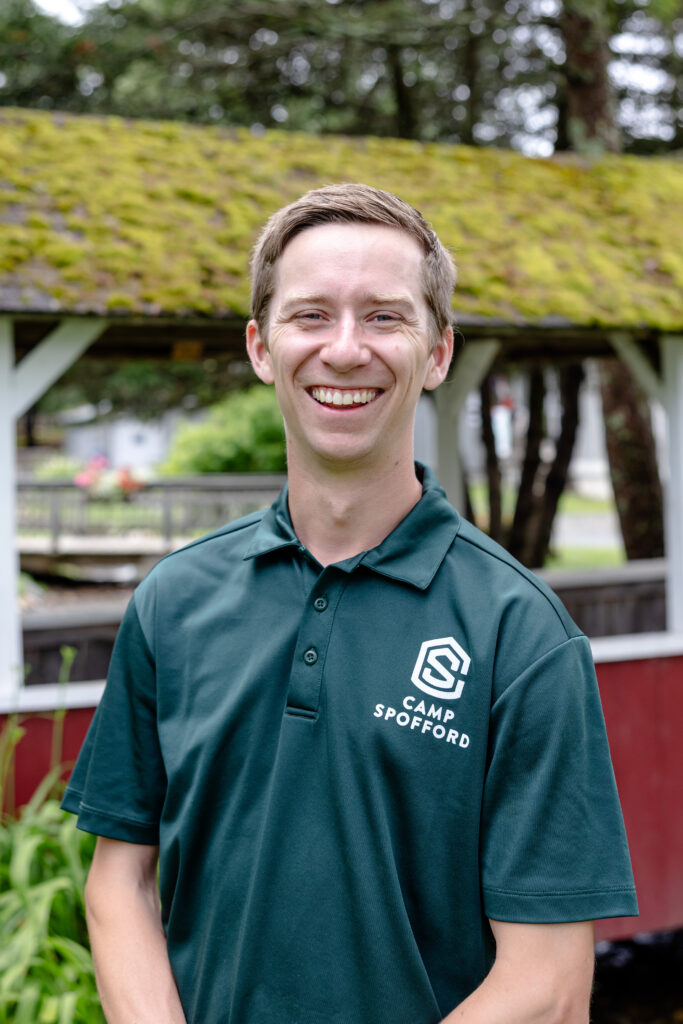

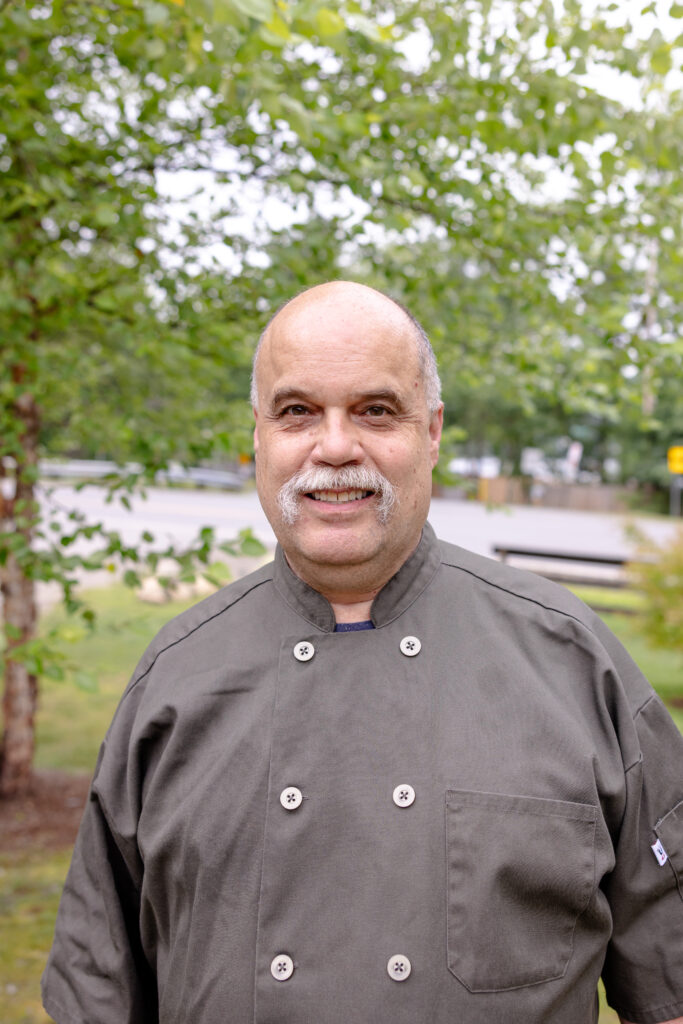

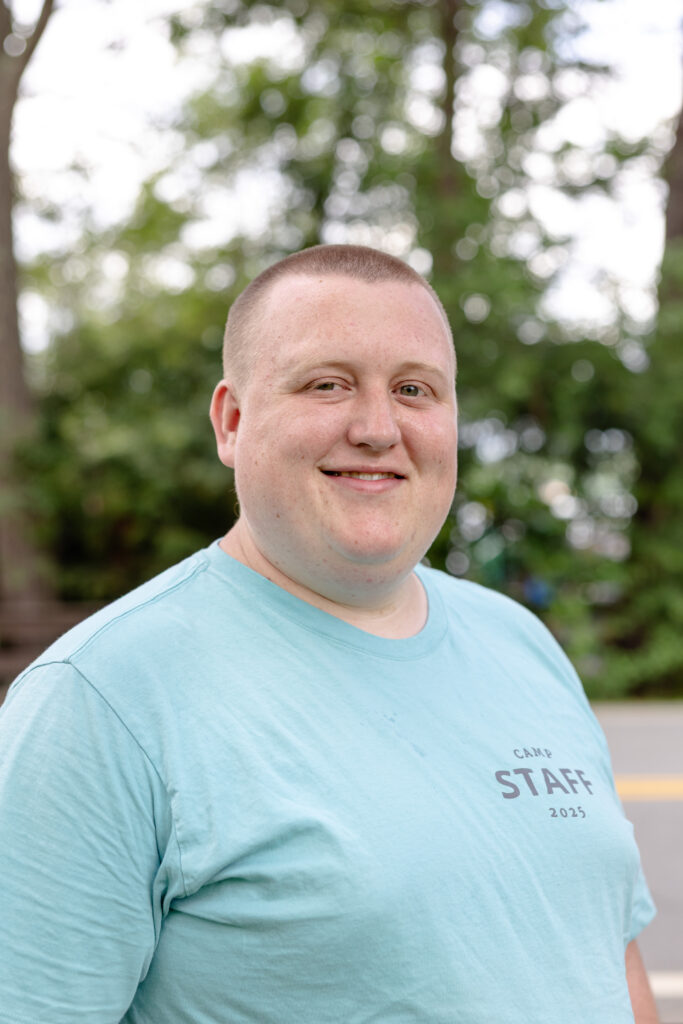



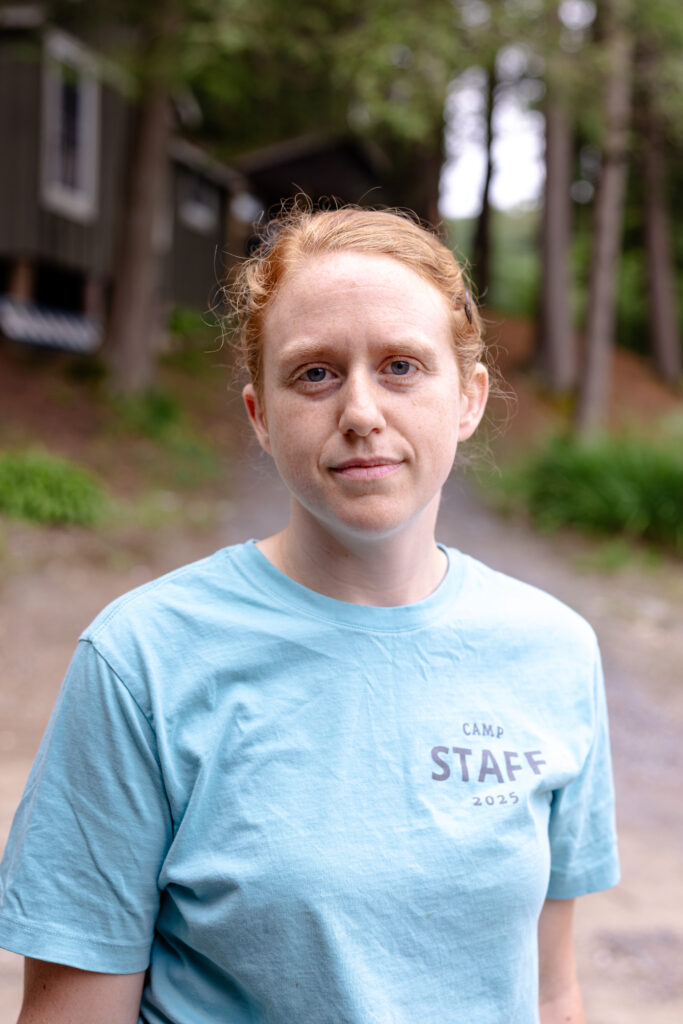

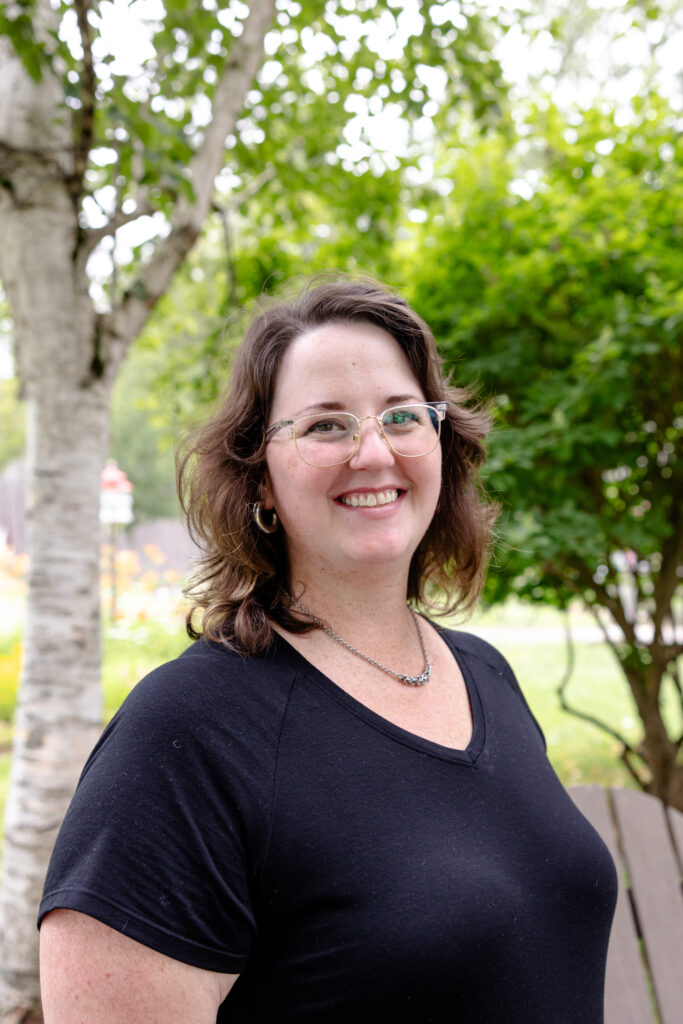



Partners






Become A Partner
Partner With Us
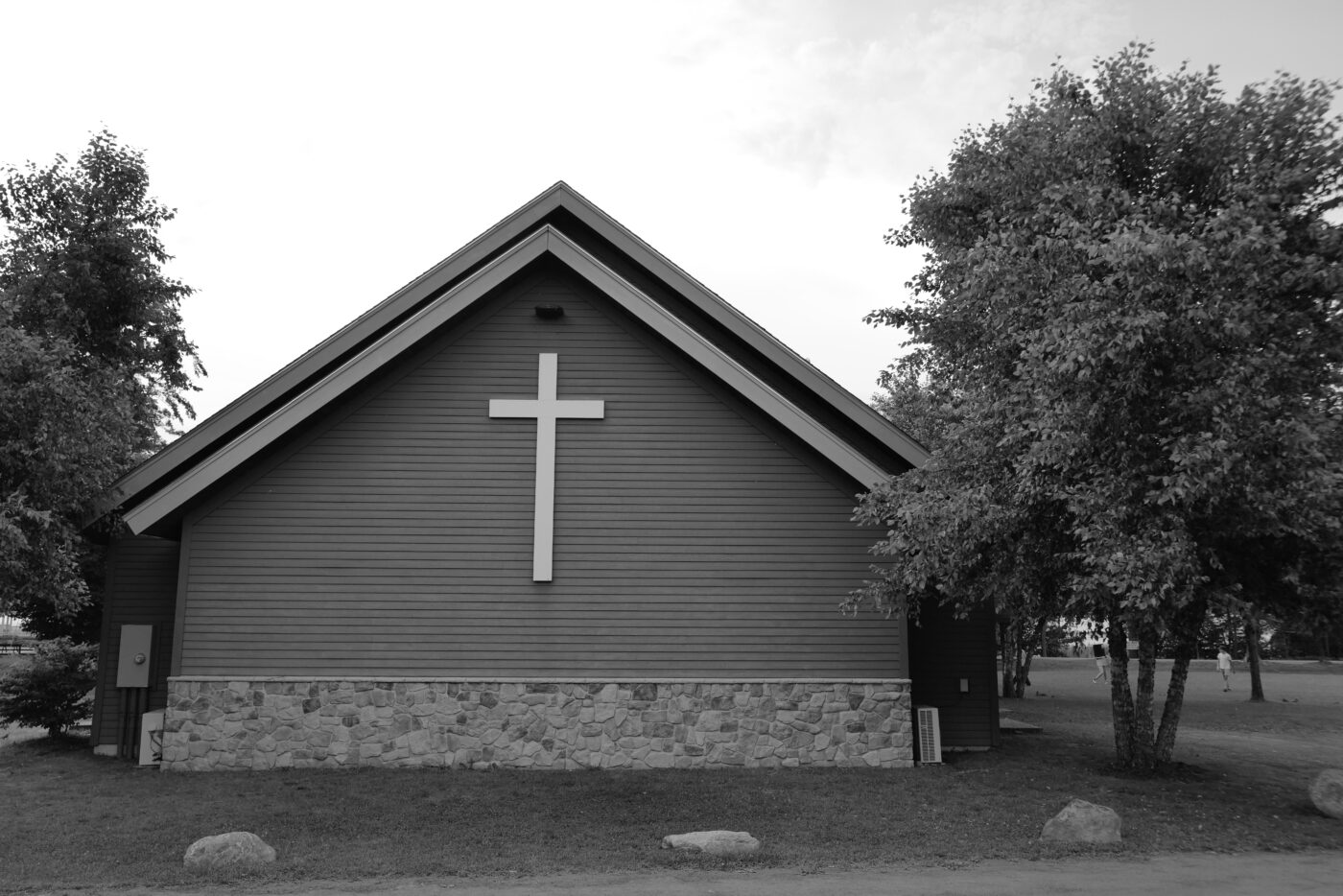
Statement of Faith
ViewStatement of Faith
STATEMENT OF FAITH AS ADOPTED BY THE NATIONAL ASSOCIATION OF EVANGELICALS.
WE BELIEVE:
- The Bible to be the inspired, the only infallible, authoritative Word of God.
- There is one God, eternally existent in three persons: Father, Son and Holy Spirit.
- We believe in the deity of our Lord Jesus Christ, in His virgin birth, in His sinless life, in His miracles, in His vicarious and atoning death through His shed blood, in His bodily resurrection, in His ascension to the right hand of the Father, and in His personal return in power and glory.
- We believe that for the salvation of lost and sinful people, regeneration by the Holy Spirit is absolutely essential.
- We believe in the present ministry of the Holy Spirit by whose indwelling the Christian is enabled to live a godly life.
- We believe in the resurrection of both the saved and the lost; they that are saved unto the resurrection of life and they that are lost unto the resurrection of damnation.
- We believe in the spiritual unity of believers in our Lord Jesus Christ.


